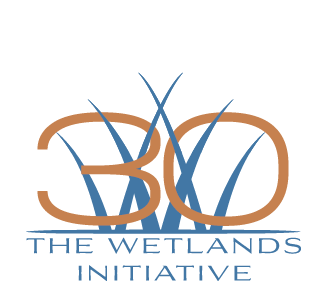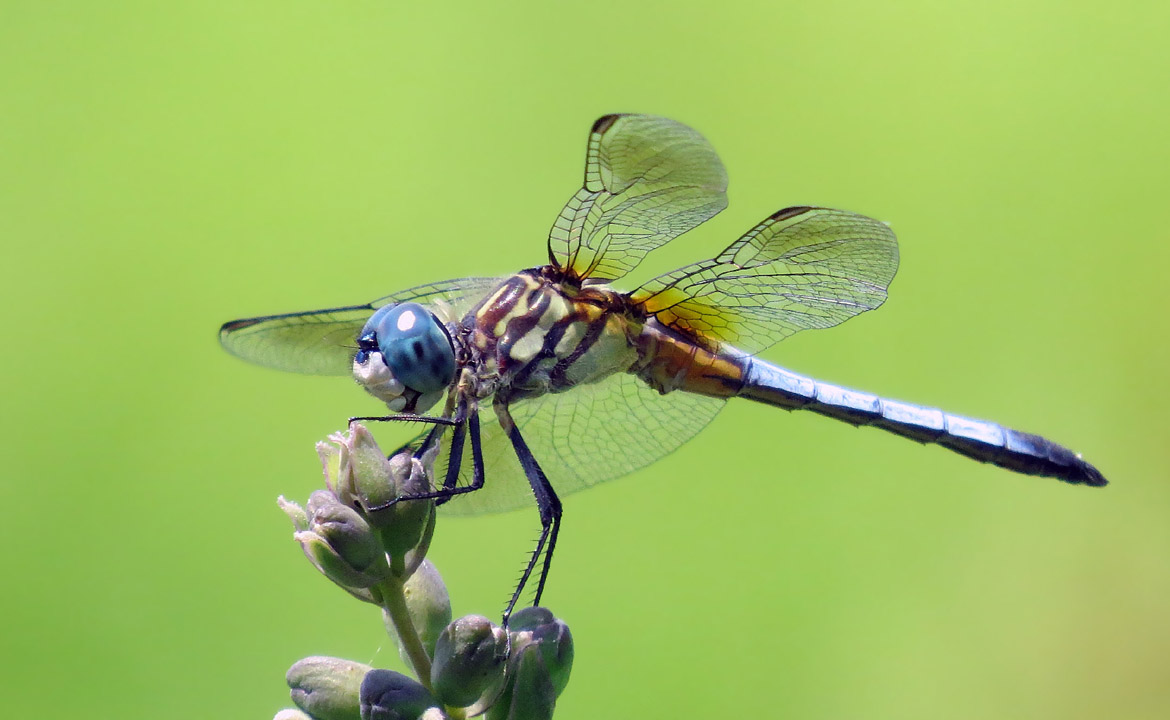overview
For most of the 20th century, Hennepin & Hopper Lakes in Putnam County, Illinois, were drained to make way for cropland. But these backwater lakes in the floodplain of the Illinois River, 40 miles north of Peoria, roared back to life in 2001 when the Wetlands Initiative turned off the drainage pump and began restoration.
Today the 3,000-acre Sue and Wes Dixon Waterfowl Refuge is one of the premier natural areas in the state and is open to the public 365 days a year. Where once only corn and soybeans grew, a mosaic of lakes, marshes, seeps, savannas, and prairies now supports a huge range of native flora and fauna. In 2012, the Refuge was designated a Ramsar Wetland of International Importance.
Location and Visiting
Just two hours from downtown Chicago, the Dixon Refuge is a beautiful place to visit in all seasons.
Paddling and Fishing
The 2025 paddling and fishing season at the Dixon Refuge is scheduled for May 1 through September 1.
History
Before restoration, Hennepin & Hopper Lakes had been drained for nearly a century to allow farming. Before that agricultural history, these twin backwater lakes were part of a dynamic, biodiverse Illinois River system that supported an abundance of waterfowl and other creatures. Through TWI’s efforts, the Dixon Refuge once again is home to a rich diversity of life.
Ramsar Designation
On February 2, 2012, the Dixon Refuge was officially listed as a Wetland of International Importance, or “Ramsar site,” in accordance with the Ramsar Convention on Wetlands. The Refuge is among only 41 sites in the United States to have so far received this prestigious environmental designation.
Bioblitz Results
In August of 2018, the Wetlands Initiative held its second BioBlitz at the Dixon Waterfowl Refuge. Over the course of 24 hours, 30-plus experts led more than 75 citizen scientists in a massive search of the site, capped off by a “Biodiversity Festival” attended by participants, experts, and critters alike. Our species count is currently 915 and includes everything from fungi to birds, mammals to ants, reptiles to plants. Learn more about our species count, view bird and plant guides, and see the results of our 2015 BioBlitz.







